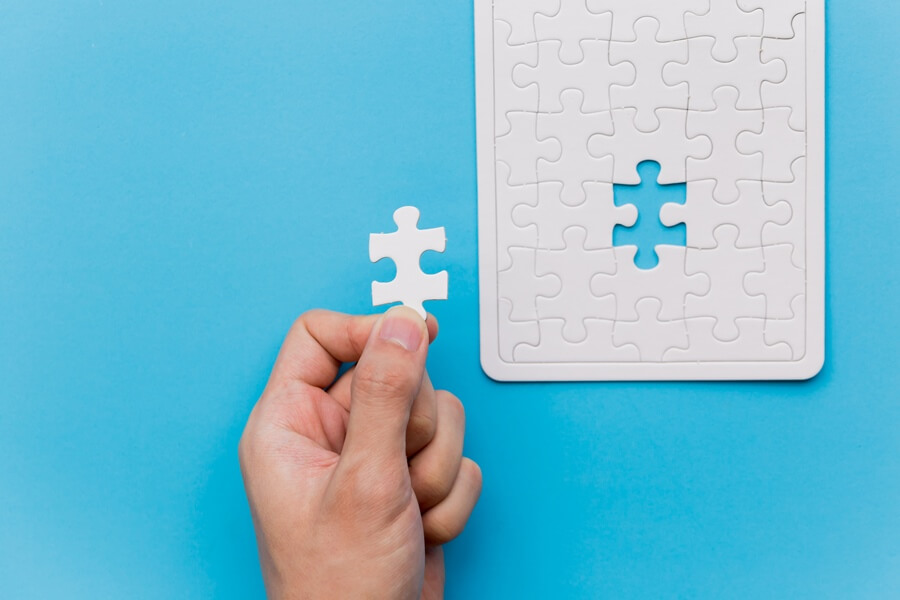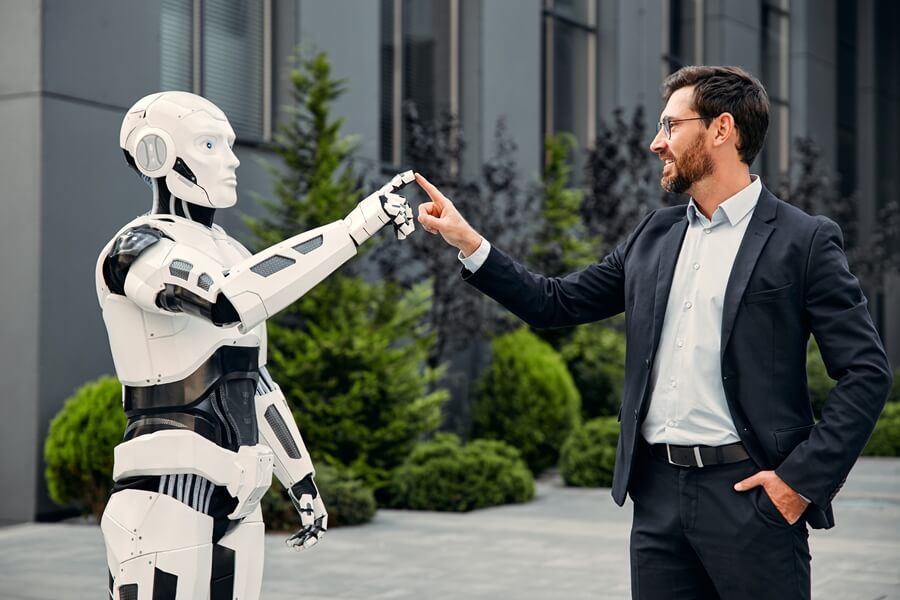
A.I is an absolute powerhouse when it comes to pumping out fantastic conceptual rendering in seconds! With a few prompt words and a few tweaks, anyone can produce an illustration that’ll take human artists hours, or even days to come up with! With all their light-speed processing speed, the entire world’s wealth of data, and the incredible versatility of such a super machine, how will humans even compare?? That all sounds absolutely fantastic..until we realize that there are key points on which A.I are just not there yet.
We won’t be getting any Terminator-style A.I anytime soon, but they are becoming an everyday small tool for us.
Like the Luddites, a group of people of the 19th century who were opposed to changes, destroying machines was one of their solutions to avoid machine replacement of human workers. Things are repeating again with the fear of A.I replacing designers…. However! Designers forget that we have these critical tools that A.I can never replace…yet.

Why AI is Unlikely to Fully Replace Designers
Here are some reasons why AI is unlikely to replace designers completely:
1. Creativity and Innovation: Design often involves creative thinking and innovation, which are areas where human designers excel. AI, while capable of generating designs based on patterns and data, may struggle to produce truly novel and groundbreaking ideas. While it does give a decent representation of the train of thoughts of the original AI user, it just does not have that ‘Out of the Box’ feel.

2. Understanding Human Emotions: Designers often consider human emotions and cultural contexts when creating designs. AI may not fully grasp the nuances of human emotions and may struggle to create designs that resonate with people on an emotional level. For designers, designing based on the atmosphere is vitally important. Similar to UX designers, AI just does not have that ‘feel’ to it yet. Though there may be a future where A.I can read what we humans are thinking based on what we like and dislike, perhaps it can use that as a benchmark. Then again… The human brain also has a reactionary approach to most things including, our senses, emotional behaviour and other external factors that makes our brain fire off different signals. So perhaps in a very Matrix-like world, A.I may use our brain as a database… Scary stuff!

3. Contextual Understanding: Design is often influenced by the context in which it will be used. Human designers can understand the broader context including social, cultural, and economic factors, as well as the geological , social, financial factors, which may be challenging for AI to fully comprehend. There are only so many prompts that A.I can use, so when A.I produces something, it is still rather eye-candy for that isolated topic. It may not fit in that user’s environment that it was originally intended to be used for.

4. Adaptability: Designers frequently need to adapt to changing requirements, client feedback, and evolving trends. Us humans can quickly adjust their approach and respond to dynamic situations, while AI systems may have limitations in adapting to unforeseen changes. Similar to the point of reading moods and actively listening to what is said, there is also the ‘what is not said’. This is to interpret or to understand the true intent of the clients needs and to solve the ‘what is not said’ rather than to the ‘what is asked of’.

5. Interpersonal Skills: Designers often collaborate with clients, stakeholders, and other team members. Human designers bring interpersonal skills, communication abilities and the capacity to understand and interpret client needs which are essential aspects of the design process. However, where A.I excels is in its database management. They are able to do all the minutes, all the subtitling, heck, they can even google translate to bring everyone into a universal language, but it mostly stops there.
Summary
While AI has made significant advancements in various fields, including design, it is not likely to replace human designers entirely. AI can assist designers by automating certain repetitive tasks, generating design suggestions, and even optimizing certain processes. However, there are aspects of design that currently require human creativity, intuition, and emotional intelligence—qualities that AI lacks.
Should you crave the touch of human creativity in your projects, our skilled designers at Action Home Services stand ready to bring your visions to life. Click to explore our extensive services, from stunning stone work to pool installation and more!



